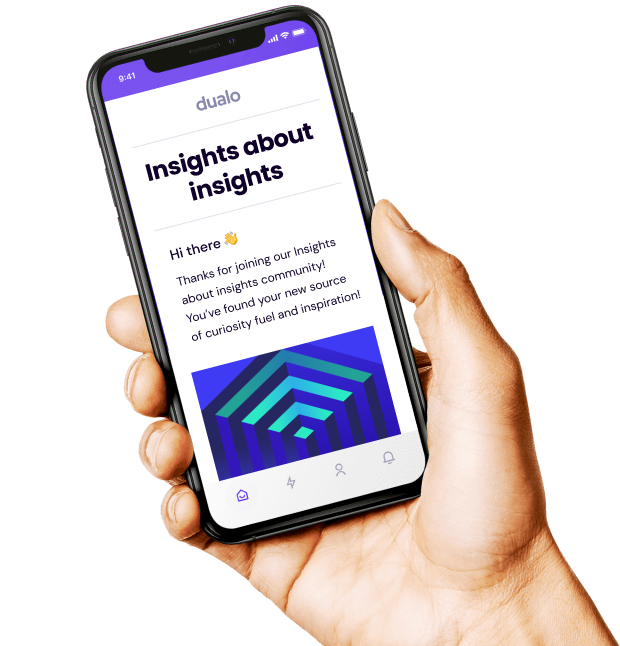3 ways to maximise the ROI of user research
By optimising processes and actively measuring research ROI, any team can gain deeper insights into their users’ changing needs, behaviours, and desires – and stay one step ahead of tomorrow’s research demands.




.svg)

.jpeg)

.jpeg)
.jpeg)

